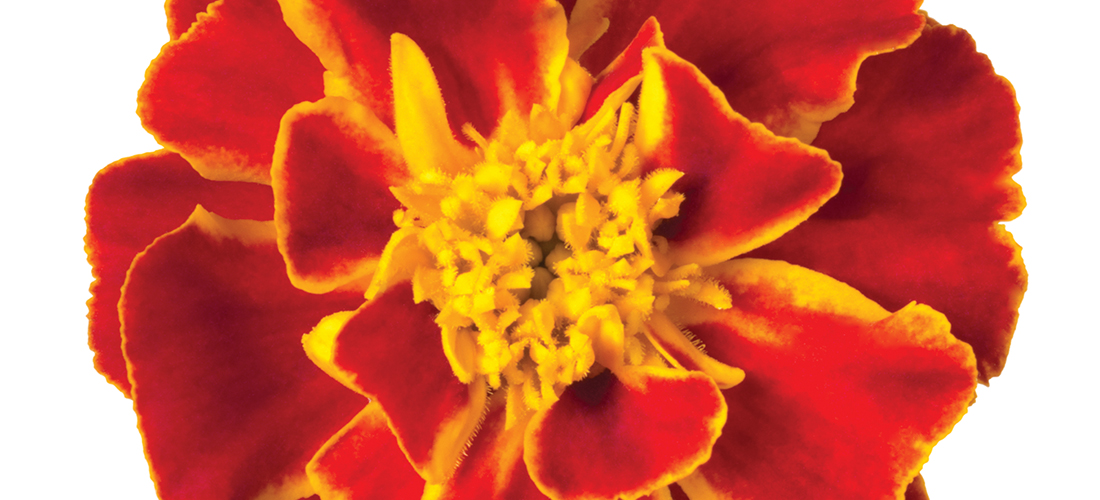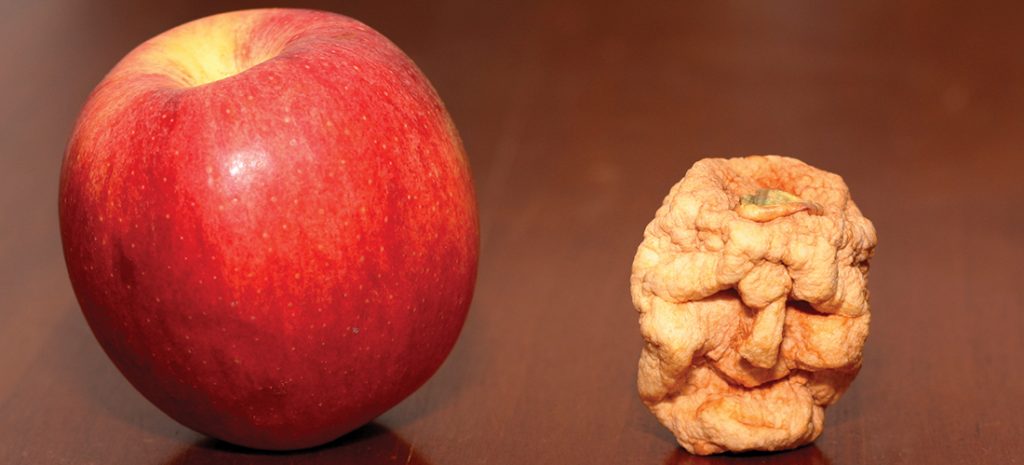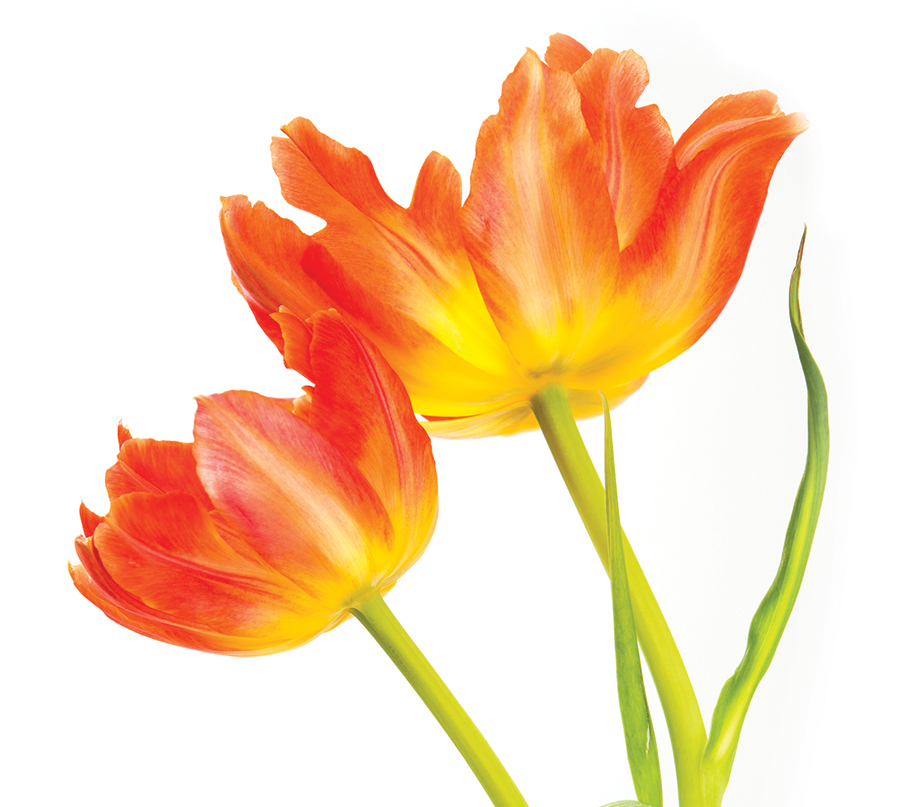
October
The Feast of Trumpets

Rosh Hashanah begins at sundown on October 2. Also called the Feast of the Trumpets, this two-day Jewish New Year celebration includes the ritualistic sounding of the ancient shofar (ram’s horn) and foods to evoke shana tova u’metukah — a good and sweet year. Since now is the time of the apple harvest, what sweeter way to celebrate than with a Red or Golden delicious, fresh from the tree? By dipping said fruit in honey, of course. Consider this tasty Jewish custom when your neighbor presents you with a basketful of local apples, but don’t let it stop you from experimenting with cobblers and crisps, cinnamon-laced ciders, and in the spirit of Halloween, perhaps even shrunken apple heads. Granny Smiths work well for this — best if cored and peeled.
Using the tip of a pen, make indentions to guide your carvings. Cut hollows for the mouth and eyes, and carve away the apple flesh around the nose. Exaggerate the features. Your second apple will be better than the first, et cetera, but failed carvings spell homemade pie, so you might flub a few just for fun. Next, soak the carved apple heads in a mixture of lemon juice (1 cup) and salt (1 tablespoon) for a few minutes to help keep the fruit from molding. Pat dry. Now all that’s left to do is wait. A food dehydrator is the fastest and easiest way to dry out — aka shrink — your apple head, but a warm, well-ventilated area should also work. Since the drying process can take over a week, you’ll want to entertain yourself with other projects. In the spirit of carnival season, how about apple juggling?
Speaking of carving, did you know that the first jack-o’-lanterns weren’t made out of pumpkins? Named for the Irish folktale of Stingy Jack — a man who twice fooled the devil yet unknowingly doomed his soul to roam the Earth until the end of time — the tradition of carving grotesque faces into turnips and potatoes to scare off evil spirits is centuries-old. According to legend, Jack’s ghost carries a hollowed turnip aglow with an ember from the fires of Hell. Bet you can guess what happened when Irish immigrants came across their first pumpkin patch.
“Corn and grain, corn and grain,
All that falls shall rise again.”
–Harvest Chant
National Runner-up
Marigolds are the birth flower of October. Known as the ‘herb of the sun’, these vibrant yellow, red and orange flowers were carried as love charms in the Middle Ages. Although Victorian flower language experts believe them to be symbols of grief, many associate marigolds with optimism. Burpee president David Burpee must have been among them. In the late 1960s, the seed salesman launched a spirited campaign for marigolds to be named the national flower. We chose the rose.
“Autumn is the hardest season. The leaves are all falling, and they’re falling like they’re falling in love with the ground.”
― Andrea Gibson, poet
Herbs to Plant this Month:
Dill – Aids with digestion and insomnia.
Oregano – Used to treat skin conditions.
Sage – Increases recall ability.
Fennel — Improves kidneys, spleen,
liver and lungs.
The Best Planting Time
Tulip and daffodil bulbs will color your spring garden brilliant if you plant them before the ground freezes. Allow yourself to dream. Imagine your home nestled in a grove of golden flowers, fringed blooms spilling out of planters, window boxes, busted rain boots. The more bulbs you plant the better — and plant them at random. Save pumpkin seeds to plant in spring.






